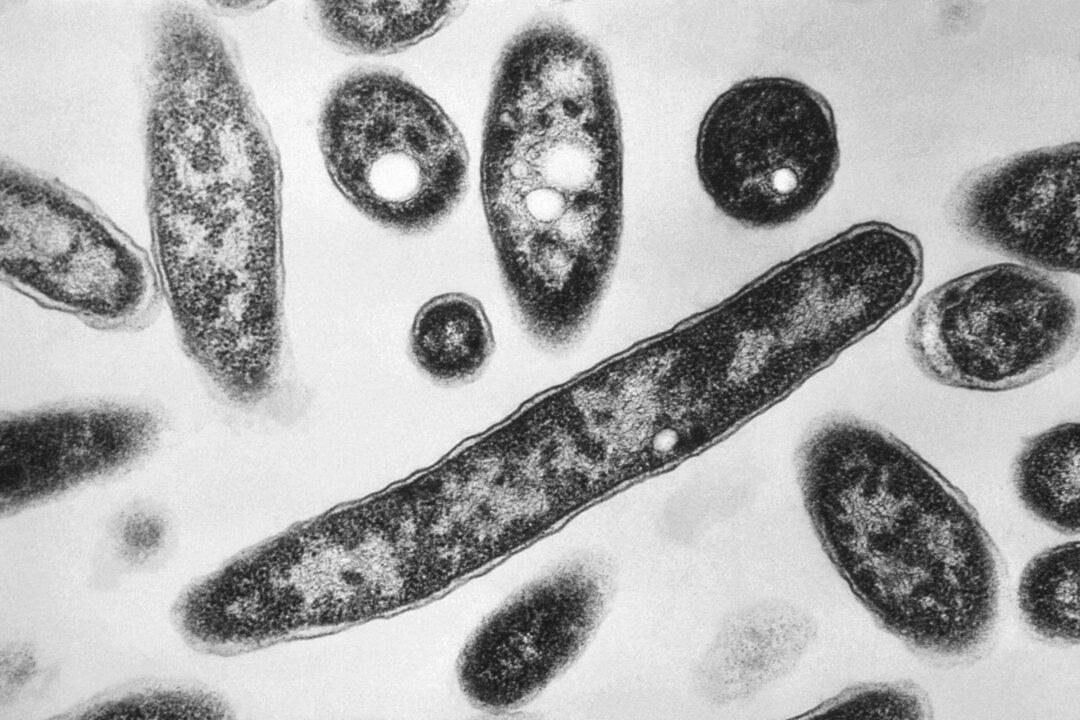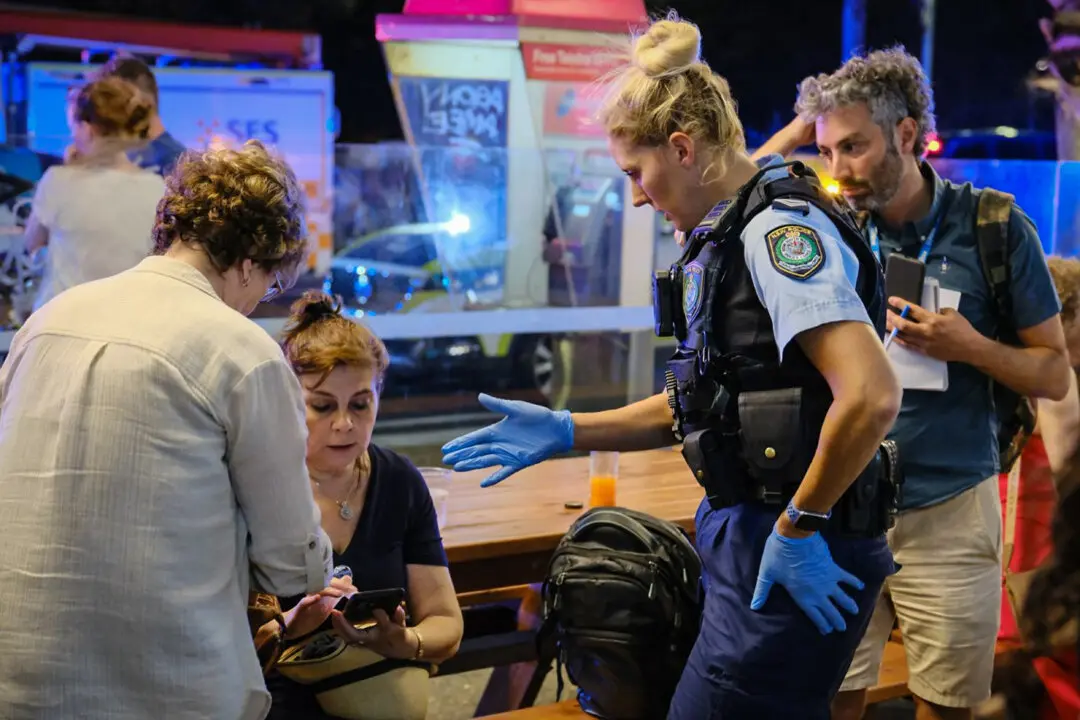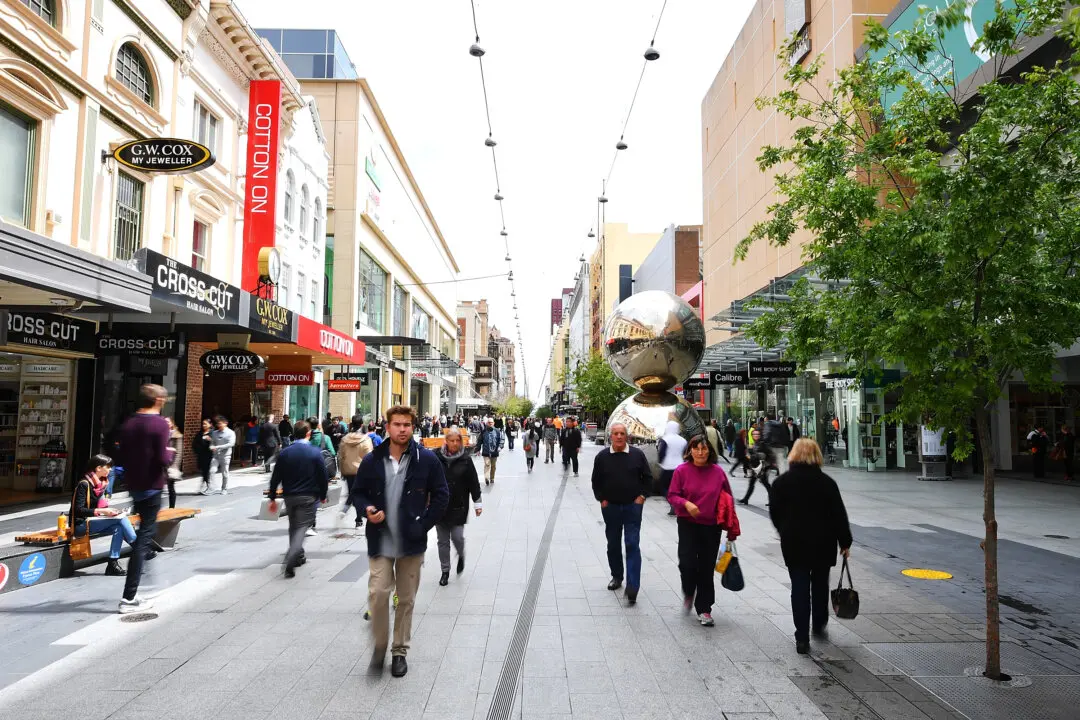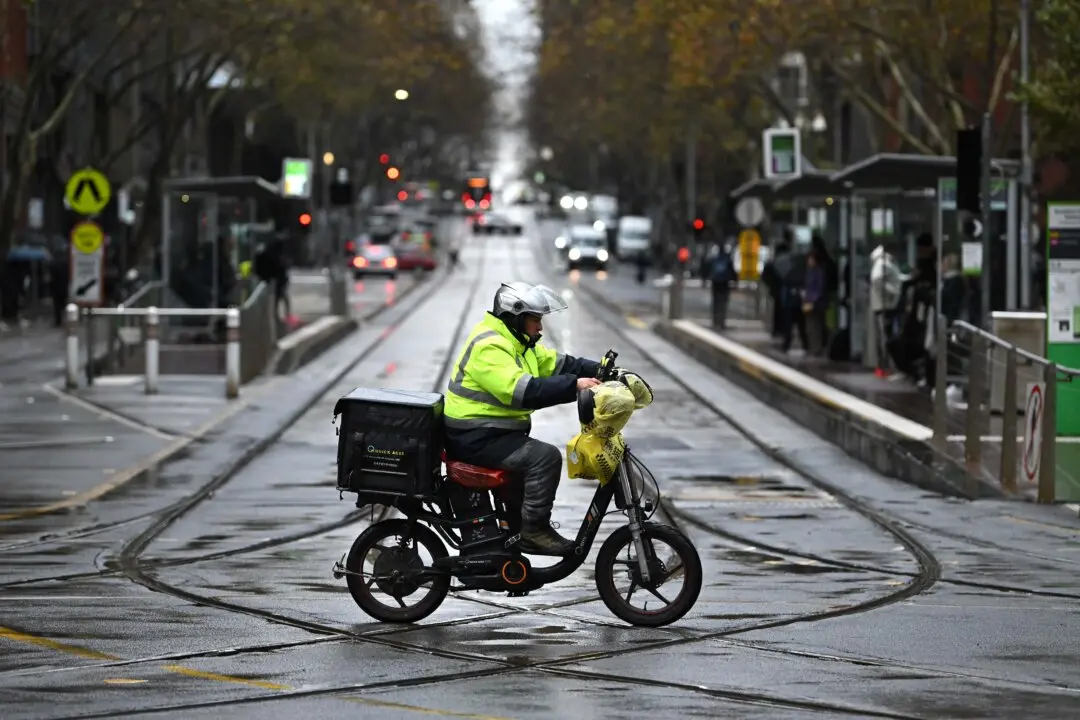More than 60 cases of Legionnaires’ disease have been identified in Victoria, with one woman in her 90s dying after falling ill on July 30.
Legionnaires’ disease is a form of pneumonia caused by the Legionella pneumophila bacteria, which can be found in water systems, including lakes, rivers, cooling towers, plumbing systems, and hot water tanks and heaters.





